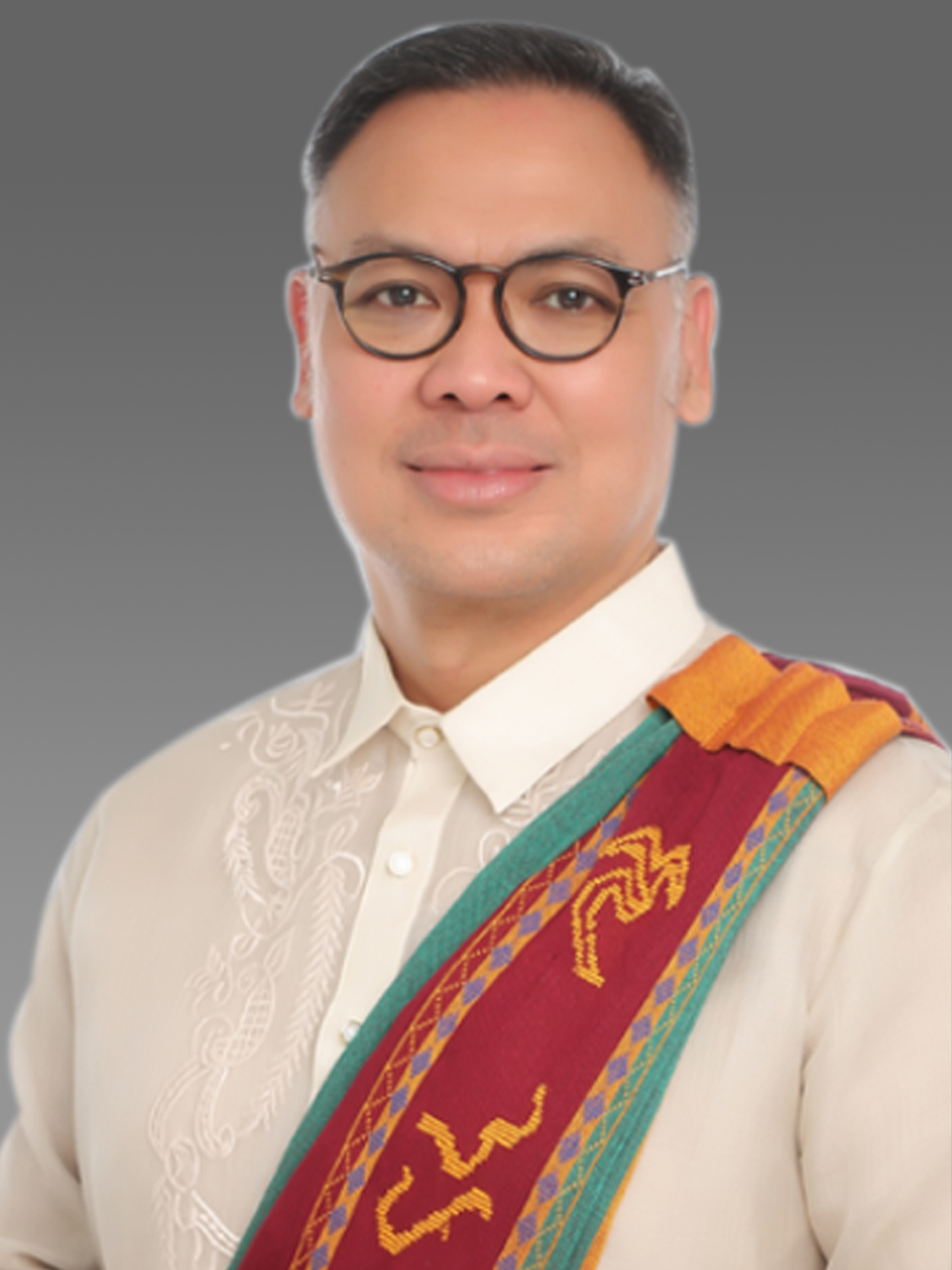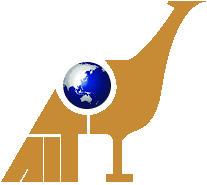History
On September 23, 1975, during the 6th Regional Asia and Australasia Hotel and Restaurant Convention, Tourism Secretary Jose D. Aspiras formally proposed the establishment of a tourism institute to address the increasing demand for professionals needed in the tourism industry. Shortly after, UP President Onofre D. Corpuz directed the UP Program Development Staff to prepare a project study for the establishment of the Asian Institute of Tourism as a degree-granting unit of UP Diliman.
On December 26, 1975, former President Ferdinand Marcos approved the creation of a tripartite project of the Department of Tourism, Philippine Tourism Authority (PTA, known today as TIEZA), and the University of the Philippines. A Memorandum of Agreement was signed on February 6, 1976 by Secretary Aspiras, PTA General Manager Rodolfo Cacdac, and UP President Corpuz. Twenty days later, the UP Board of Regents confirmed the referendum approving the tripartite memorandum of agreement. This paved the way for the Asian Institute of Tourism to become Southeast Asia’s first higher academic learning institution focusing on tourism. While the construction was ongoing, AIT held offices and some classes at the UP Alumni Center. The UP AIT Building Complex was formally inaugurated on November 20, 1978. Former first lady Imelda R. Marcos was the guest of honor.
The UP AIT Building Complex was nestled in a five-hectare, beautifully landscaped area along Commonwealth Avenue. The building made an impressive stark contrast between a busy, commercial district and the lush greens of the other side of the campus. The building features brutalist post-modernism architecture and contemporary interiors. The design was led by Architects Efren Hernandez and Lily De Leon, who were also faculty members of the UP College of Architecture. Designed by no less than National Artist Architect Idelfonso P. Santos, the AIT Courtyard is one of the prominent features of the AIT Building as it brings in a lot of natural light and air. The complex had two main areas, the school side which housed classrooms and learning facilities, and the AIT House, a 27-room hotel with three food and beverage outlets. The hotel and restaurants ceased operations in 1994. This paved the way for AIT to focus on the demands of tourism research, technical assistance, and other extension services all over the country.
Deans of the Asian Institute of Tourism

Dr. Jose P. Mananzan
1976
Undersecretary Daniel G. Corpuz
1988
Prof. Evangeline M. Ortiz
1991
Dr. Reil G. Cruz
2001
Dr. Ma. Corazon P. Rodriguez
2004
Dr. Miguela M. Mena
2010
Dr. Edieser DL. Dela Santa
2016
Dr. Leticia Susan Lagmay-Solis
2019
Prof. Giovanni Francis A. Legaspi, MIR
2022Teaching, Research, and Extension Services in AIT
UP AIT’S mission is to advance the travel and tourism profession by providing high quality education and training to students who are envisioned to be the industry’s future leaders, managers, entrepreneurs and technical experts.
Leading the institute in numerous achievements and milestones are the Deans of AIT. Relatively young, compared to the other colleges in UP Diliman, AIT has been led by eight Deans since 1976.
In 1979, the first batch of 12 students graduated with a Bachelor of Science in Tourism degree. Though it took a while, the long awaited graduate program was finally opened for admission in January 2018. Tourism Officers, and Travel and Tourism Professionals headlined the pioneer batch of graduate students. By June 2019, the first batch of graduate students earned their Graduate Diploma in Tourism Development and Management. Despite the pandemic happening in 2020, the first batch of thesis-track students graduated with a degree in Masters in Tourism Development and Management.
Through the years, the AIT faculty has been leading initiatives in research, training, and extension programs that have benefited the national government, local government units, businesses and enterprises, and various tourism stakeholders. Likewise, AIT graduates have become successful leaders, managers, and administrators of various private corporations, businesses, and the like. Various government organizations also have AIT graduates as key decision makers and officials.
Moving towards its 47th year, AIT continues to become the industry’s driving force for innovative management and holistic tourism development.
Frequently Asked Questions
Have a question in mind? We listed down some of the Frequently Asked Questions to help and guide you. If you have further questions not covered in this FAQ, please send us an inquiry through daa.ait@up.edu.ph
FAQS
How to apply in the BS Tourism Program?
To be eligible in the BS Tourism Program, you need to pass the UP College Admission (UPCA)/UP College Admission Test UPCAT).
For students who are planning to shift or transfer to the BS Tourism program, you must have completed 30 units of coursework (if you are from other UPD units or other UP campus) or 33 units of coursework (if you are from other college and university)
The documentary requirements can be found here.
For more information and other queries, send an email with your concern to asianinstituteoftourism.upd@up.edu.ph
Are there scholarship offerings for UPAIT students? The graduate program of UPAIT offers the MSTDM scholarship award, with one awardee annually. For other scholarship opportunities for BS Tourism and Graduate Program, visit the UP Diliman Office of Scholarships and Grants Facebook Page: https://www.facebook.com/UPDilimanOSG
The UP AIT Alumni Association also offers an educational assistance in cash to deserving third and fourth year students.
The application process is conducted online. Please ensure that you have read and understood the program details before submitting your application here. Once you have completed the application requirements, you can now proceed to submit your application.
For questions or concerns, please contact the Graduate Program office at aitgradprog.upd@up.edu.phFull-time GDipTDM students, taking a normal load, may complete the degree in three semesters (approximately 1.5 years). The time limit for the completion of all diploma requirements shall be no more than two (2) years starting from the student’s first enrollment in the course and shall include all leaves of absence from the program.
If GDipTDM graduates choose to continue to MSTDM, you must complete an additional 19 units (Plan A, thesis track) or 16 units (Plan B, non-thesis track), which may be taken in two semesters and one mid-year term. The time limit for the completion of the Master’s requirements shall be three (3) years, starting from the student’s first enrollment in the course and shall include all leaves of absence from the program.
Students and prospective applicants are requested to search for available grants or scholarships at the University of the Philippines Office of Scholarships and Student Services.
For list of available scholarships visit the website of the University of the Philippines Office of Student Scholarships.
Contact Us
Get in touch
Please ensure to schedule and coordinate your visit in advance before proceeding to our campus.
Location:
UP Asian Institute of Tourism, Commonwealth Avenue, Diliman, Quezon City 1101
Email:
asianinstituteoftourism.upd@up.edu.ph
Call:
(+63 2) 8 981 8500 extension #2798
AIT Directory:
Visit here

